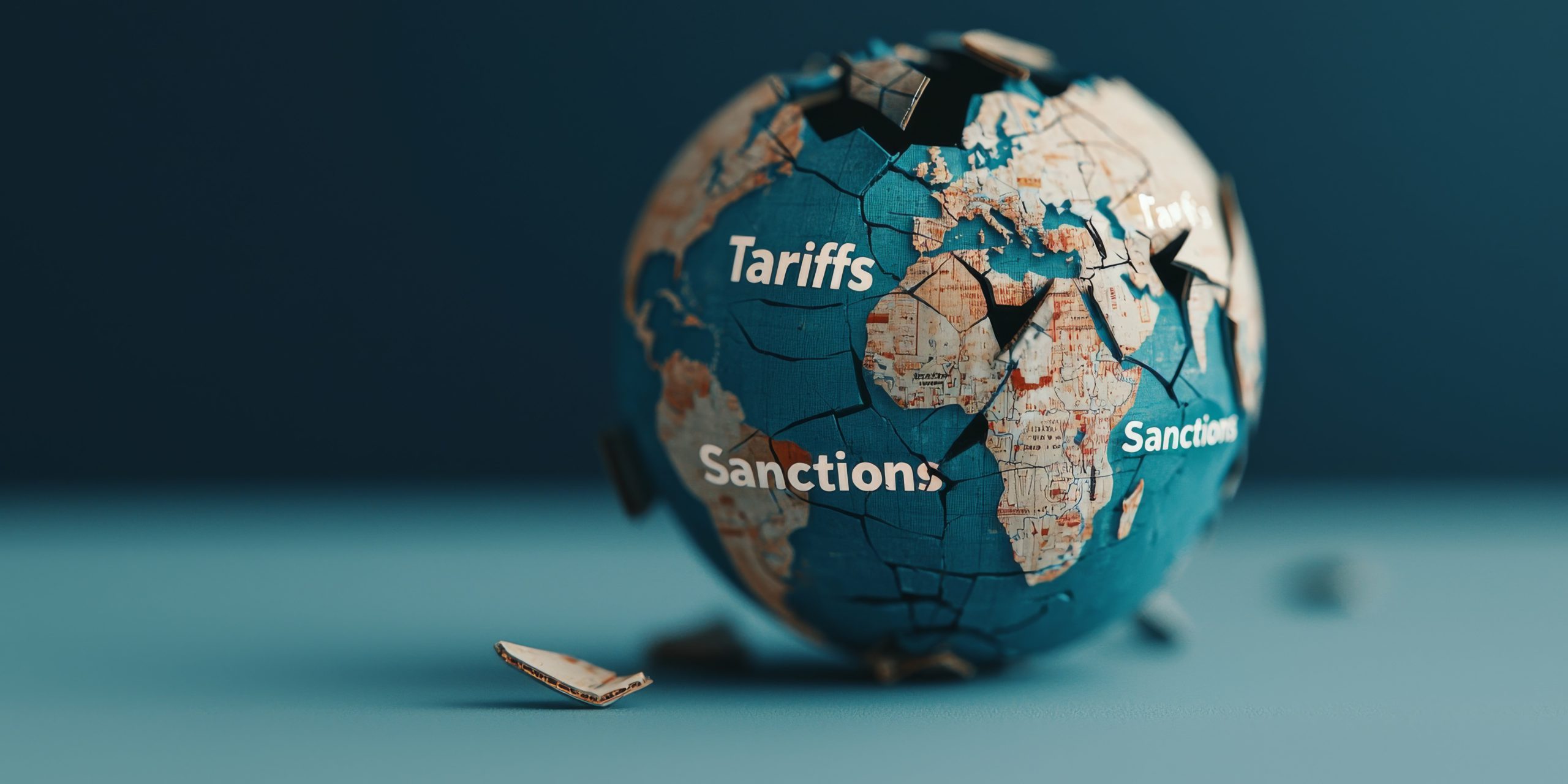Endeavour Silver CEO talks mining in Mexico

A silver pour at Endeavour Silver’s Guanacevi mine, in Durango state. CREDIT: ENDEAVOUR SILVER
Mid-tier miner Endeavour Silver was a first mover when it acquired its Guanacevi mine in Mexico nearly 15 years ago. Now the company has four operations in the country, with construction scheduled to begin on a fifth in early 2019. In an interview with CMJ in November, Endeavour CEO Bradford Cooke discusses how doing business in Mexico has changed over the years, the company’s current operations and its plans for growth.
CMJ: Endeavour has been in Mexico for a long time – what attracted you there initially?

Bradford Cooke
Bradford Cooke: The thinking to go to Mexico was very simple when I founded the company in 2003. I wanted to be in the silver business because the price of gold was already moving up and the price of silver was still relatively flat – but wherever gold goes, silver follows. The two countries that dominated silver production worldwide at the time were No. 1, Peru, and No. 2, Mexico. Mexico was a lot closer, it’s part of North America, and it had enjoyed not only an economic boom but a social boom thanks to joining NAFTA in 1993. So we chose Mexico in 2003.
CMJ: What’s changed over the last 15 years?
BC: Mexico has displaced Peru as the largest silver producer in the world. Our business model, of buying small mines in historic districts and bringing the expertise and money needed to make new discoveries and expand the operations, was so successful that numerous companies copied that model quite successfully. But the low-hanging fruit has now been picked and it’s harder to find attractive new opportunities. So we changed our business model a few years ago and our Terronera discovery, on which we published an updated prefeasibility study in September, will become our new business model. It is our first virgin greenfields discovery in a historic district and it will be our first new build. Instead of our previous approach of acquiring assets and fixing them up, we’re building it from scratch. We’re also stretching our wings on the exploration front – we have a pipeline of exploration projects in Mexico and in Chile that I think are very exciting.
CMJ: You mentioned some of the challenges of operating in Mexico now, including more competition. Are there other challenges that have to do with the jurisdiction?
BC: Doing business in Mexico has evolved from having an early mover advantage with great projects available, very quick permitting timelines, and a very reasonable tax structure. Taxes increased sharply in 2012 – that took away its competitive advantage internationally and it’s now no better or worse than Canada or the U.S., or Peru or Chile. In fact, in some ways Canada and the U.S. are safer jurisdictions and Peru and Chile have slightly lower tax rates. The main reason to be in Mexico today is that it’s still has prolific discovery potential and is the best address to find silver. There’s obviously more risk compared to the old days but we still like Mexico for its resource potential.
I mentioned permitting timelines – they’ve slowed down as the number of new projects multiplied and the government passed new laws. They did have normal environmental and social permitting procedures in place when we went there 15 years ago, but now they’re as strict as any other jurisdiction in the western world.
CMJ: Has the uncertainty around NAFTA affected Endeavour at all?
BC: Not really, the only impact on the mining industry is indirect, through what happens with the peso. So pre-NAFTA deal, the peso was showing a lot of weakness. Post NAFTA deal, it’s strengthened a bit. And I think having a USMCA deal is good for Mexico; it’s better than not having a deal.
CMJ: How would you describe the labour situation in Mexico, for mining in particular?
BC: It has always been a little more challenging than Canada because there is an antagonistic miners’ union there. Most new operations, including Endeavour, went to other unions as a first choice. The Miners’ Union (Los Mineros) has a history of confrontation and violence. The other unions do not.
CMJ: Is there a bit of uncertainty there for you, then?
BC: Well we have three operations with other unions and one operation with the Miners’ Union so we can see first-hand the difference in dealing with them. We do have a functioning relationship with the Miners’ Union and we’ve gone now six full years without a work stoppage with the Miners’ Union, which is unusual. So I think we’ve been good at adapting and working with them as best we can.
CMJ: There have been instances of violence, threats and kidnappings that have affected other mining companies in Mexico – have you ever had any encounters of that nature?
BC: We have not. None of our mines are located in security hot spots and I think it also goes to our ability to build relationships with our employees. Some of the violence you refer to is the Miners’ Union trying to break collective bargaining agreements with other unions at other mines.
CMJ: There’s famously a lot of drug cartel activity in Mexico, although that varies by region and locale. Have you been affected by that?
BC: No, we’re very fortunate. We don’t work in any of those areas. There was a time back in ‘08/09 where all of Mexico briefly was a battleground between cartels but we’ve never had any direct impacts with any of our sites. In the last several years, the hotspot in Mexico has been Guerrero state. Guerrero is mostly remote and rural areas in the Sierra Madre mountains, so it’s a hot spot for criminal activity.
CMJ: Turning to your operations and your recent third quarter results, Endeavour Silver posted a loss for the quarter. What’s your plan for restoring profitability?
BC: The disappointment on our financial performance is primarily due to metals prices, which are currently sitting at close to multi-year lows. All the gold and silver miners are struggling with that. (At presstime, silver was at just over US$14 per oz., down from US$17 per oz. in July.) It’s also due to the underperformance of one our mines, Guanacevi. Our other two mines make good profits even at these low metals prices. The third-quarter earnings disappointment has to do with significant depreciation and depletion of Guanacevi, but if we were to adjust our earnings to remove that non-cash item, we would have done much better for the quarter.
We also have yet to realize the results of the short-term cost reduction program that we implemented late in the third quarter, specifically to address this period of low metals prices. We do expect the full benefit of that cost reduction program plus higher production at Guanacevi, to improve our fourth quarter operational and financial performance.
CMJ: Can you give us an update on your activities at Guanacevi?
BC: Guanacevi was our first mine purchased in 2004. The two original orebodies found in 2004, Santa Cruz and Porvenir Norte, are now deep, narrow, low grade, high cost and approaching the ends of their mine lives. So we’re opening up two new mines on discoveries we’ve made in recent years called Milache and Santa Cruz Sur. These will refresh the operational and financial performance of Guanacevi for years to come.
We’re in that turnaround right now – Milache has started sending development ore to the plant, and we expect it to reach 400 t/d by the end of the first quarter of 2019. Santa Cruz Sur will be in commercial production in the second quarter. Then we can pull out of the original orebodies and and focus on the best remaining ore.
This transition from two old deep mines to two new shallow mines is overdue. It was held up by permitting in Mexico and we finally got the permits and started development at Milache early this year.
CMJ: You also have a couple of new projects in development – El Compas and Terronera – can you tell us about those?
BC: Our fourth mine, El Compas, is located in the famous district of Zacatecas. It is our highest grade mine, averaging more than 500 g/t of silver equivalent – it is actually a gold mine and the actual grades are about 6 g/t of gold and 80 g/t of silver. It’s our smallest mine, but it’s scalable – we’re only utilizing half the plant capacity. Recent discoveries on our properties in Zacatecas should allow us to scale that project up. So we’re budgeting to get to 250 t/d by the end of the fourth quarter, which will allow us to declare commercial production. Next year, we’ll start permitting a new satellite discovery there called Calicanto so we can extend the mine life and ultimately double production to fill the plant.
Mine No. 5, our Terronera project in Jalisco state, is perhaps the most exciting asset in the company right now. It has the potential to become not only our largest mine but our lowest cost and our highest margin mine. At capacity, it will operate at over 5 million silver-equivalent oz. per year, about two-thirds silver and one-third gold. We have published a 10-year mine life already but we continue to drill and the next resource update will show a significant jump in reserves and resources. We’re in the final stages of permitting and securing the debt financing so we can begin construction at Terronera in the first quarter of next year. It’s about an 18-month build on the initial capex of US$75.8 million and it will be up and running in 2020.
CMJ: Did you have anything to add about what we’ll see from Endeavour in the next six months to a year?
BC: The purpose of building new mines isn’t just to grow our production – it’s also to drive our costs down to the lowest quartile in the sector. The two new mines in particular are low cost mines that should deliver significant free cash flow for our shareholders and Terronera falls in the lowest decile of the cost curve for silver mines in our space. Our prefeasibility study published on Terronera has cash costs of US15¢ per oz., net of the gold credit. In other words, gold pays for the mine and the silver is essentially free. And forecasted all-in sustaining costs at Terronera are US$1.36 per oz. silver, so it should become one of the lowest cost mines – not only for Endeavour but in the entire silver mining sector.





Comments